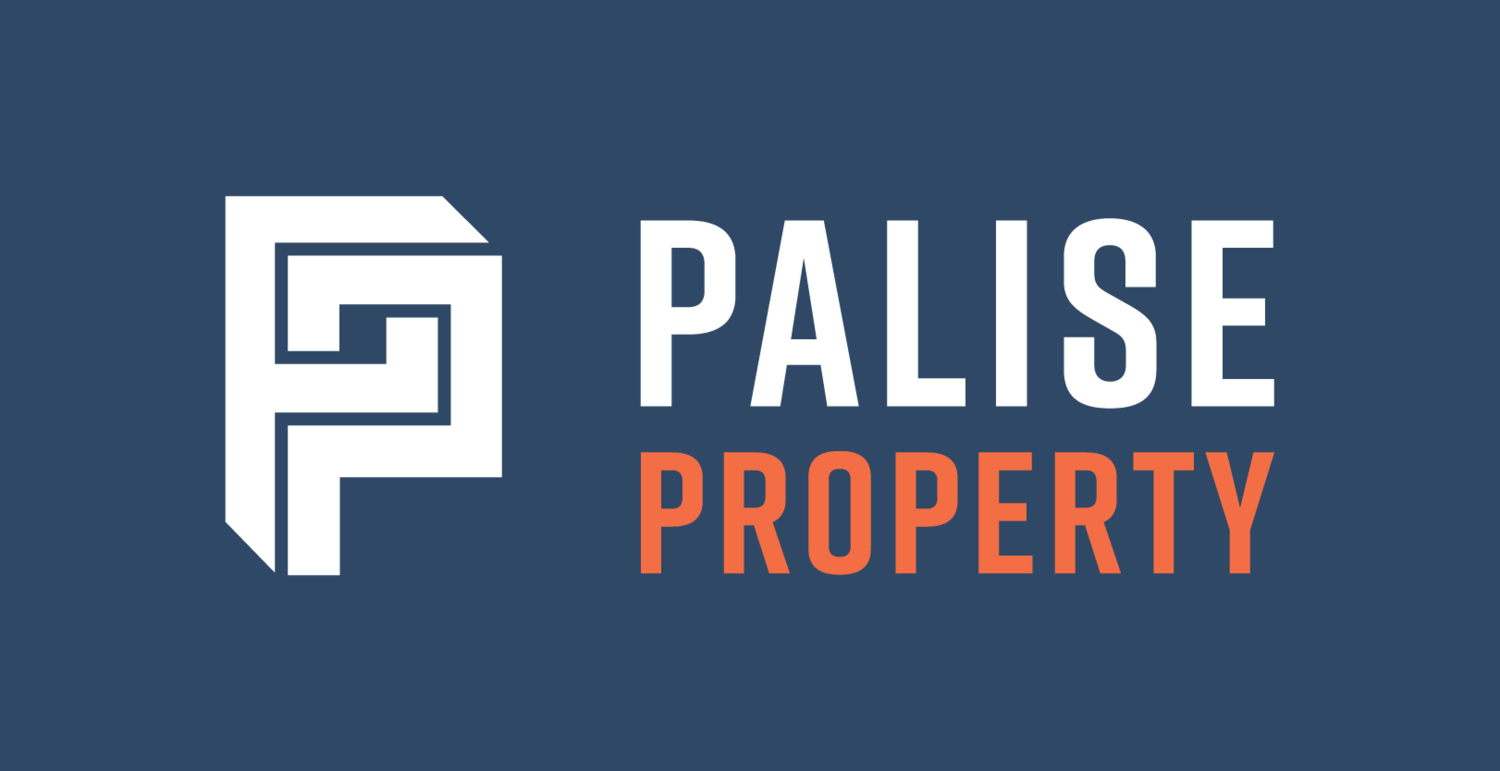10-Year Example Plan to Grow Your Portfolio
When expanding your property portfolio, capital growth and the return from cash flow are fundamental. Expanding your portfolio quickly comes down to the basics of compounding leveraging.
Compound returns occur when you earn a return on investment and then reinvest those proceeds, increasing your earning power.
In other words, if you earn a percentage income on the capital you’ve invested, that income is added to the amount you began with. The new total amount then earns more income in the next period, accelerating the growth over time, as you’re earning ‘income on the income’.
For example, if you invest $100,000 at a 7 per cent per annum interest rate and it’s compounded monthly, in 10 years, you’ll end up with $200,966 – as you can see in the diagram on the next page below.
Real estate allows for significant leveraging, enabling large-scale growth through compound returns. But be cautious of debt and maintain a comfortable loan-to-value rate to mitigate portfolio risk, as large debt magnifies losses.
Considering Leverage
When deciding how much to leverage, you’ll need to consider a number of factors:
Your risk appetite: ask yourself how much cash or equity you need and how aggressive you’ll be with investing.
Your goals: developing a strategy will come down to your individual short-, medium- and long-term goals. Remember, your goals should be based on what truly makes you happy. Don’t chase a particular passive income or asset number for the sake of it.
Your time frame and exit strategy: it’s important to consider your time horizon – the period in which you’d like to expand the portfolio to achieve your desired cash flow. Also, think about your exit strategy. Will you need to sell one or more properties to obtain cash or to pay off a principal place of residence at some point?
Remember, a property’s performance and/or market conditions may not meet your expectations, so purchase with a margin of safety.
Not every property in your portfolio will be an outstanding performer – there are too many market variables to get everything right in the long term, although focusing on getting as many fundamentals right as possible will minimise this risk.
A 10-Year Example Plan
Let’s look at a sample portfolio to see how it could be expanded. This is a 10-year plan based purely on commercial properties and steady rental growth.
Note: this is just an example!
In real life, personal circumstances and factors outside your control will speed up or slow the process, including cap rate changes, interest rate changes, valuations, capital growth, lease renewals, vacancies, and ease of lending.
Let’s say you were to buy a commercial property costing $900,000, using a 30% deposit, and you have an extra $30,000 per year to put into your portfolio. The details are as follows:
Interest rate: 5% (with interest-only repayments)
Rental increases: 3%
Cap rate: 7%
Additional yearly contribution: $30,000
Take a look at the table below.
You can see that within three years, you could buy a second property worth $650,000, using the cash flow from the first property, the capital growth from the rental increases, and your $30,000 annual savings.
You do this by using the savings plus refinancing the first property back up to an LVR of 70%.
You’d then have two properties growing in value and a higher cash flow that could enable you to buy a third property in year seven and a fourth in year nine.
You can see from the table that after ten years, you could theoretically end up with a portfolio worth $4.5 million plus – returning a passive income of $160,000 without depreciation.
The portfolio will continue to grow with the market, so the passive income will remain relative to the costs of goods and services.
Note that the portfolio can expand rapidly over time, so the more properties you accumulate in the early stages, the larger your portfolio can be.
Of course, picking the right market is important, but a long-term approach is needed. Most countries have a diverse property market, with markets operating independently of one another in each major city.
The fundamentals still apply: don’t buy the same asset everyone else is buying. Don’t follow the herd. Look at properties on their merits.
It’s best to focus on long-term benefits, not short-term gains. This includes looking at the net position each year and not cutting corners to save on minor annual costs.
Buying well – that is, securing a property at well below market price
Adding value – whether by simply renovating the property or by undertaking more elaborate measures
Increasing rents – this can have a huge effect on the portfolio, as it increases cash flow and capital growth.
Key Takeaways
All investing comes with risk, but experienced investors know how to take calculated risks to achieve their goals. By starting small and gradually increasing your portfolio, you can minimise risk while still achieving strong returns.
We’ve laid out a simple example of how this could work for you – now it’s up to you to put the wheels in motion. But if you need a little more help getting started, check out our best-selling commercial property investing book or get in touch today.


